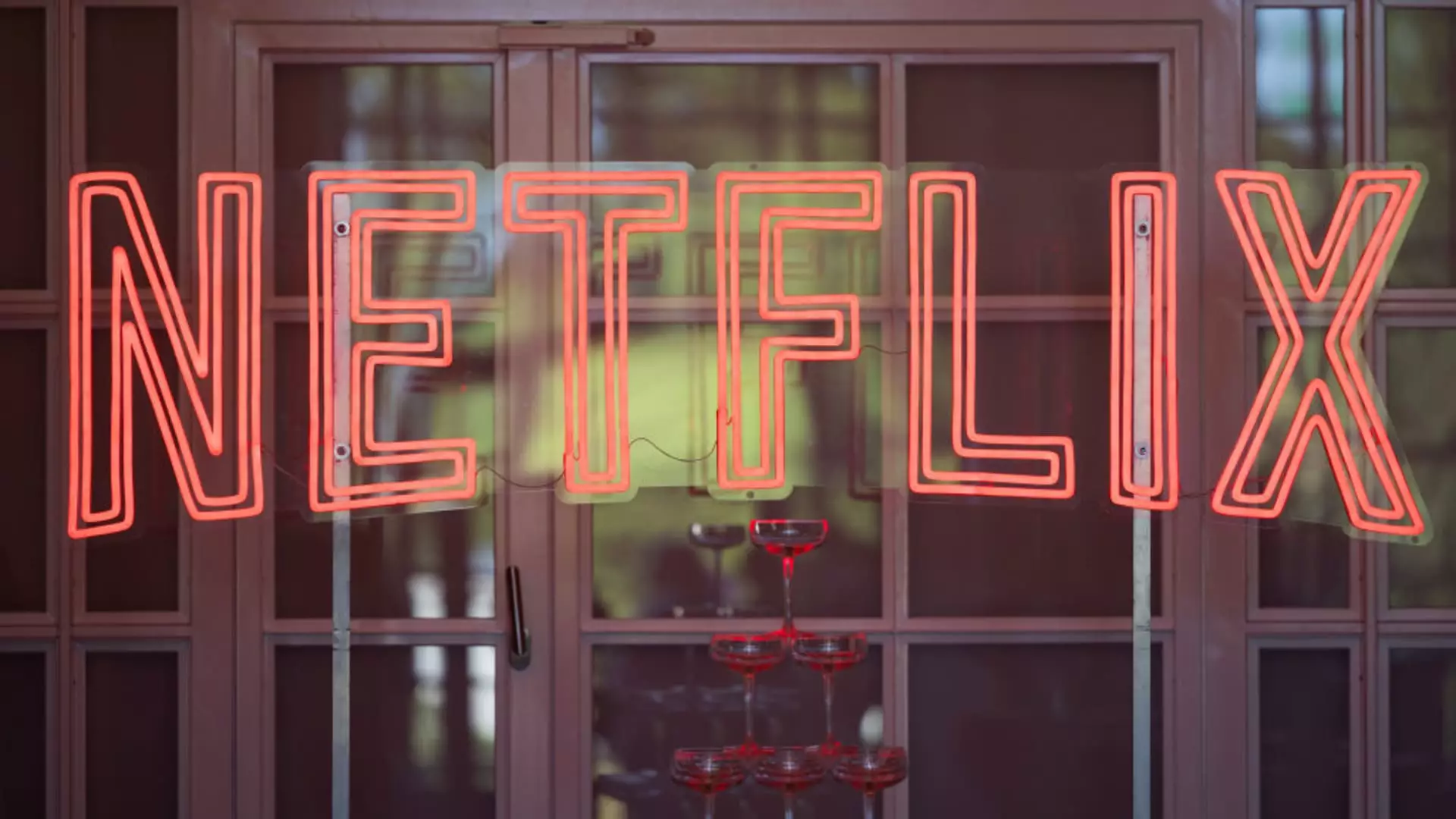Netflix, the behemoth of streaming services, has recently announced a significant rise in subscription prices across various plans in the United States. This increase, affecting the standard and premium ad-free packages, reflects the company’s strategy to boost profitability amid a crowded streaming market. The standard plan will now cost $17.99, up from $15.49, while the premium option jumps to $24.99 from $22.99. Furthermore, Netflix is also raising prices for its ad-supported plan, though this remains lower than its ad-free alternatives at $7.99, previously $6.99. Similar hikes are being introduced in Canada, Portugal, and Argentina, suggesting a broader trend of price adjustments in international markets as well.
The price elevation comes at a time of fierce competition in the streaming realm. Services like Disney+, HBO Max (now Warner Bros. Discovery), and Amazon Prime Video are also revising their pricing strategies to stay competitive and sustain profitability. This trend of increasing subscription fees juxtaposed with the introduction of ad-supported options reflects an industry-wide shift. Many platforms have found that the ad-supported models can enable entry for cost-sensitive consumers while also augmenting revenue.
This financial maneuvering can be seen as Netflix’s response to recent challenges, including subscriber stagnation and the need to maintain appealing content. The emphasis on delivering quality programming was highlighted by co-CEO Ted Sarandos, who recognized that consumers need substantial value to justify price hikes. Sarandos underscored the importance of a robust content pipeline to accompany any increase in fees, assuring consumers that exciting new series and films are on the horizon.
As Netflix has proven over the years, access to exclusive content is crucial for maintaining subscriber loyalty. The company’s previous attempts to elevate prices met mixed reactions, but the consistency of impactful releases may alleviate potential backlash this time. In the wake of these changes, consumers are likely to weigh their options carefully. While many have found value in diverse content libraries, previous economic strains caused by inflation and rising costs in other sectors may push subscribers to reconsider their streaming expenditures more than ever.
The decision to remove the most basic ad-free tier in favor of a cheaper ad-supported option reflects Netflix’s adaptive strategy to counteract slowing subscriber growth. Introduced in November 2022, the ad-supported plan has reportedly attracted an impressive 70 million global monthly active users, a testament to the nature of consumer behavior evolving alongside changing economic realities.
Along with general subscription price increases, Netflix is also revising its policy on ‘extra member’ access, allowing subscribers to share their accounts with additional users. The cost of adding an extra member to standard ad-free plans will rise from $7.99 to $8.99. While this approach may seem minor, it reflects Netflix’s desire to capitalize on password sharing—a practice it has been actively attempting to curtail for some time. Notably, subscribers on ad-supported plans will not face a price hike for adding extra members, presenting a valued option for budget-conscious families or groups.
Netflix’s proactive adjustments in pricing are reportedly paying off; the company recently announced a record addition of 19 million paid members during the fourth quarter, pushing total subscriptions past the 300 million mark. This success can be attributed, in part, to its strategic removal of underperforming plans and the embrace of ad-supported alternatives.
However, the core question remains: how much elastic will consumer reaction be in the face of rising prices? Netflix’s ability to deliver quality content while navigating this delicate balance of pricing versus user satisfaction in a competitive marketplace will define its trajectory moving forward. As the industry evolves, staying attuned to subscriber sentiment will be paramount in ensuring long-term growth and retention, making Netflix’s strategic choices tantalizing points of observation for stakeholders and customers alike.


Leave a Reply